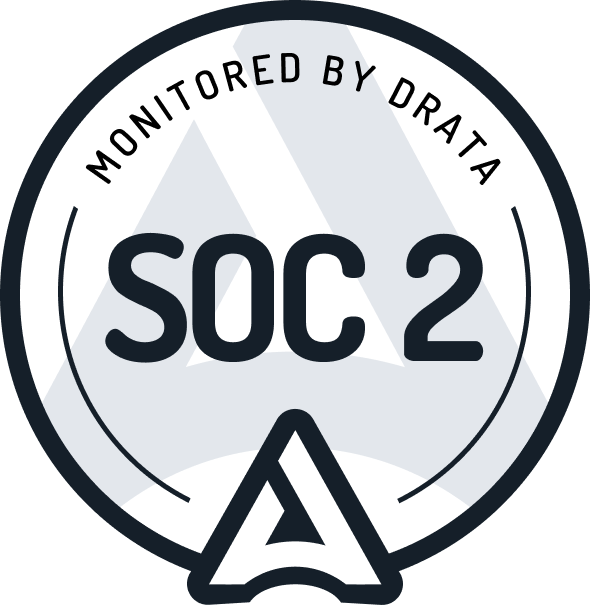As an organization dedicated to meeting diversity, equity, and inclusion (DEI) goals, you know attracting and retaining highly skilled job seekers with diverse backgrounds and life experiences will enrich your company.
And yet, despite a recent surge in DEI efforts, the Bureau of Labor Statistics found unemployment rates among people with disabilities are still significantly higher than the unemployment rate for the general population.
Some of this is due to harmful stereotypes and false assumptions — which is why normalization and representation are so important. But for organizations like yours that believe in creating an inclusive workforce, there’s often another culprit at work: accessibility issues on your website and career pages.
Fortunately, this is fixable. And by improving accessibility across your digital experience, you’ll help engage qualified talent you might otherwise miss.
Here’s why and how to do it:
Why You Should Be Motivated To Create Accessible Career and Web Pages
Making updates to your career and web pages or any other part of your digital experience requires resources. Here are a few benefits you can highlight when making a case for accessibility upgrades:
- It’s more inclusive for potential job candidates
Improving accessibility will help ensure everyone who is interested and qualified for the job has an opportunity to learn about the opportunity and apply.
- It benefits your recruiting efforts
Ensuring your digital experience is accessible increases the size of your talent pool and ensures you’re not excluding potential candidates.
- It builds a DEI-supporting brand identity
Having accessible career and web pages sends a clear message that you’re invested in DEI and taking action to ensure a more equitable experience for everyone. Creating an inclusive talent brand will help you appeal to underrepresented job seekers and anyone who supports diversity in the workplace.
- It’s the right thing to do
In addition to all other reasons, prioritizing digital accessibility is simply the right thing to do, just as it's critical to ensure your physical space is accessible to all.
6 Indicators Your Career and Web Pages are Accessible
Today, more organizations have begun to recognize the importance of accessible career and web pages. But, according to data shared by SHRM, a shocking 89% of companies in the Fortune 100 still fail to meet all six of these basic standards:
- Keyboard accessibility
Can people easily tab through your website without using a mouse? This helps ensure your website is accessible to people with dexterity issues, paralysis, and limb loss who may not be able to navigate the internet using a mouse or touchscreen.
- Screen reader compatibility
It's critical that your website navigation is easy to interpret and consistent so it’s compatible with screen readers. This is important for job seekers who are blind or have low vision.
- Video captions
Always include transcripts and captions for all videos. This isn’t just helpful for people who are d/Deaf or hard of hearing but also for anyone who wants to watch your videos in a public place but doesn’t have headphones. Additionally, some people simply prefer to read along with videos, so they don’t miss important material.
- Alt tagging
Image alt-tags allow you to describe your imagery for people relying on screen readers. Do your best to be accurate and concise to ensure people aren’t missing vital nuances.
- Color contrasts
Most designers know high contrast between text and backgrounds benefits all users by making content easier to read. But you should always test your design contrast levels to ensure it’s legible to individuals with low vision or color blindness.
- Tables and forms
When sharing tables, be sure to include detailed text descriptions that can be easily translated into print, braille, or speech for people who are blind or have low vision. Additionally, ensure your forms have accessible labels and notify users about how to correct their mistakes.
Additional Considerations for Career and Web Page Accessibility
In addition to the six standards above, there are a few additional items employers should consider when striving to make the recruiting and hiring experience more accessible.
For example, many people using assistive technology require extra time to navigate websites and complete tasks. If you include time limits on applications or exams, allow users to turn off, adjust, or extend that time limit. Better yet, consider doing away with time limits altogether.
Additionally, only list essential qualifications and requirements in your job descriptions. There’s no need to include filler items like “must be able to lift 50 pounds” if the task is not truly necessary for the role or the employee could easily get assistance with the task.
Finally, share your accessibility policy in your job materials and on your website, and clearly state who candidates should contact if they have accessibility questions and requests.
Ensuring your career and web pages are accessible to all job candidates will help you quickly fill jobs in a tight labor market, and it will show all job seekers your company is genuinely committed to all types of diversity and inclusion. Making these efforts today will help you expand your talent pool, grow a more diverse workforce, and achieve your DEI goals.
.png)














